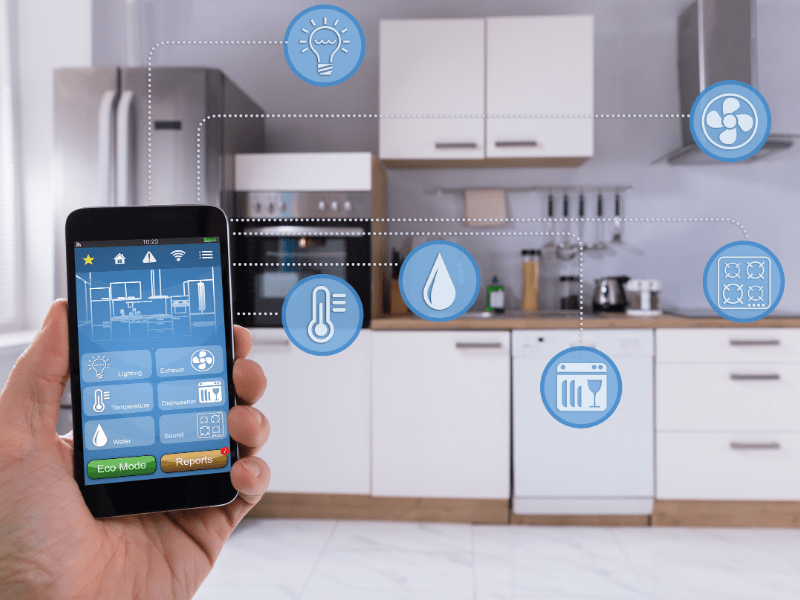
Better family gathering space. More comfortable bedroom space. Peaceful and private outdoor space. If those items tick your preferred “quarantine home” boxes, we get it.
The truth is that being stuck at home—in a home you don’t necessarily love—stinks. So, we don’t blame you if, while you’ve been sheltering, you’ve been dreaming of what you would change and where you would move given the choice.
The good news is that this pandemic is already having an impact on how builders operate, and the very things that are frustrating you about your existing home will likely drive changes to design and architecture in the future.
“While the coronavirus still rages on, it’s hard to predict what post-pandemic abodes might look like,” said Barrons. “Yet, developers around the U.S. are already rethinking projects, anticipating residents’ needs and preferences that Covid-19 would spur. In doing so, they are re-evaluating current in-unit aesthetics and in-demand amenities.
That means a “new consumer” might have “different priorities from now on regarding health, technology and socialization,” Marcelo Kingston managing director of Multiplan, the developer behind 57 Ocean in Miami Beach, told them.
Home size
Homes had been trending smaller. But that may be over. With uncertainty about the future around spending more time in the home, which likely includes some form of work-from-home scenario, homeowners are likely looking for more space. Expect homes to grow in size accordingly.
A greater dependence on the home office
“More attention will be given to the arrangement of the workplace at home,” said Dezeen. “Spatial organization will change, with the place to work at home no longer a desk with a parody of an office chair and a lamp, slotted somewhere in the corner of the living room or under the stairs. Now it will be a completely separate room with large windows, blackout curtains and comfortable furniture. It will be technically equipped and sound-insulated.”
An increased emphasis on “health and hygiene”
This covers a wide variety of amenities.
“Joel Sanders of JSA Architects predicts that the pandemic, “like 9/11, will have an enormous impact on public space because of social distancing and fear of contamination,” said Dwell. “He foresees these concerns finding their way into the home, impacting space in more subtle ways, like the distancing of furniture arrangements and domestic footprints shifting to include “safe” rooms to isolate contagious occupants.
In addition, architects and designers foresee “a compartmentalization of spaces including entries, foyers, and mudrooms, incorporating sanitation stations to wash, disinfect, and remove contaminated clothing. This attention to sanitation, however, won’t necessarily give rise to sterile-looking environments. According to Bryan Young, principal of Young Projects, “Fundamental qualities of wellness are even more meaningful for adapting to a post-coronavirus environment, incorporating natural light, natural ventilation, connection to green spaces and landscape.”
This type of design will bleed into technology, as well. “We already have much of the technology we need to replace human contact with smart sensors,” said Stambol. “And in a post-pandemic world, nobody wants to touch anything unnecessarily. So, the low-hanging-fruit of design upgrades will be the first to change. Think of more touchless faucets and sensor-operated doors. Every doorknob, light switch, thermostat, and the high-traffic button will be swept away, replaced by motion activation or voice command. And every previous objection based on cost can be easily countered with memories of a global economic catastrophe.”
Smart technology
This is already one of the most pervasive trends in home design, but “Manufacturers of smart home systems will go one step further,” said Dezeen. “Their programs will not only control the temperature of the air in the house, but also its quality and, if necessary, they will automatically clean it. Air from the outside will of course be filtered.”


